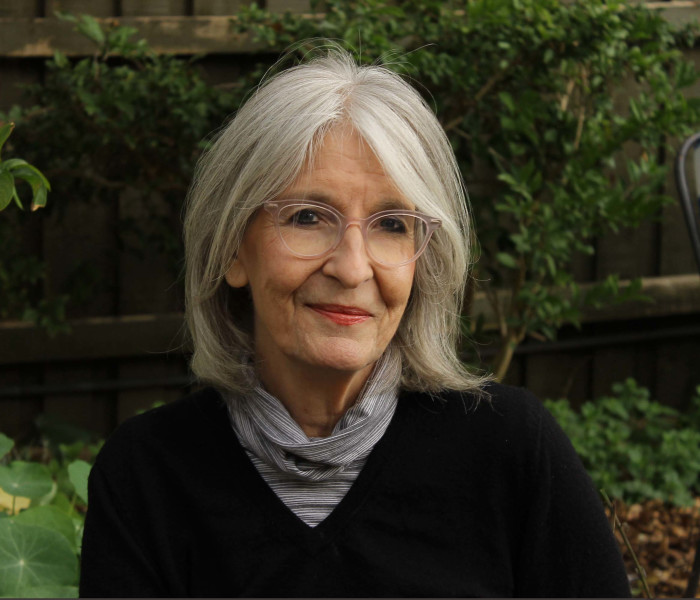I was in my early 20s when I joined the small, mainly male contingent of journalists covering politics in Australia’s national capital, Canberra. It was an exciting time to be a political reporter and I had recently completed a degree, specialising in government, at the University of Sydney. Now I had the opportunity to watch and cover politics first hand.
The hours were long and the work fascinating but intense. Then a small medical issue lead to minor surgery. I was run down and out of the blue developed heart palpitations which alarmed me. A trip to the cardiologist was reassuring and yet the palpitations were unceasing. Something had to be wrong. I became distressed by the state I was in.
It was a story that had parallels with Claire Weekes, whose heart palpitations as a young student had distressed and alarmed her back in the 1920s. Unlike me however, she had no helpful book to explain the baffling symptoms of ‘nerves’.
As it happened, my mother had been lent Self Help for Your Nerves by a friend of the family and she passed it onto me. Suddenly light was thrown into darkness and I was struck by the sheer power of an intelligent, yet simple explanation of the mind/body connection.
The palpitations disappeared and I forgot about them. However I never forgot the gift of Dr Claire Weekes. Over the years as a journalist I was witness to the footprints left by powerful people, across all areas of public life. I noticed how few people really contributed, individually, unequivocally, to the public good, and sadly, how many did just the opposite. I understood very personally the scale of the achievement of Dr Claire Weekes. She changed lives, saved lives, and changed history. Yet her monumental accomplishment and huge global footprint was invisible.
I was also struck by her powers of communication. It is one thing to be right, and it is another to have the power to wield words to change the world for the better. How did she do this?
Decades after I came across her work I knew the chase for the story of Dr Claire Weekes would be utterly fascinating and so it has been. Her story spans a century of ideas, and the biggest battles in science and medicine, covering Darwin, Freud, two world wars, evolution, genetics, the brain, the mind and the body. And one woman battling it out against an entire profession. It has been a wonderful, thrilling journey of discovery.

